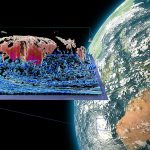Electrical circuits encased in fluid may reshape data-center design
Researchers at Sandia are testing a new method for cooling computer servers that could almost entirely eliminate the need for the power-hungry fans and chillers used in conventional cooling systems.









